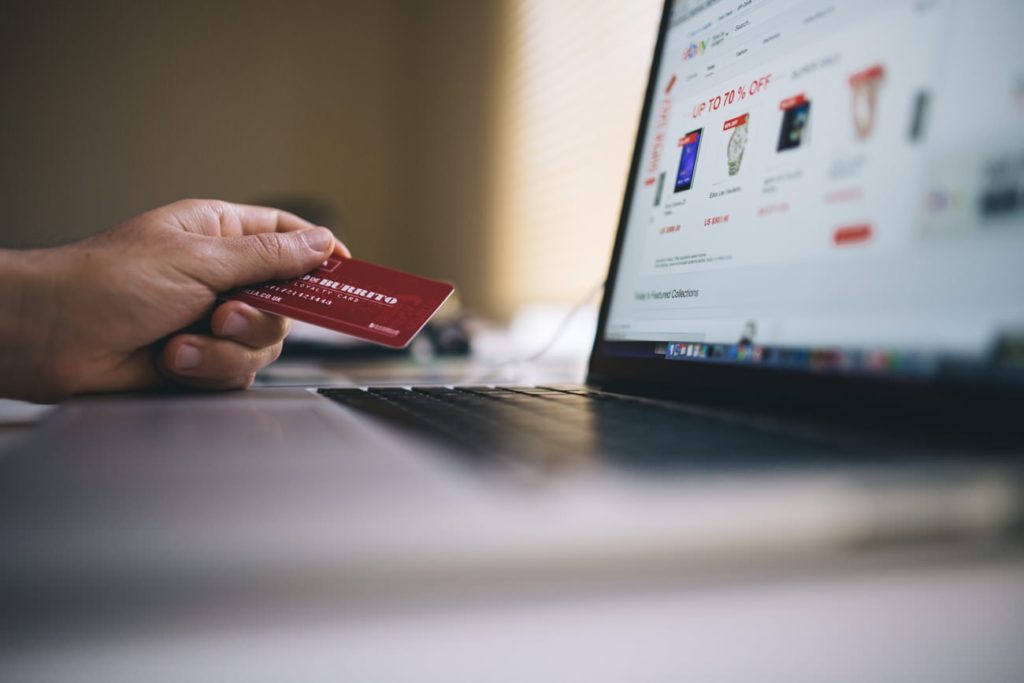
As the holidays approach, more and more people will be gearing up to shop on the internet. Whether you're new to online businesses or not, it's crucial you keep your thumb on e-commerce trends. After all, 51 percent of shoppers now make their purchases online, and even brick-and-mortar giants like Target and Wal-Mart are losing sales to Amazon. To stay competitive even during this busy season, here's what you need to know about the latest and hottest in online shopping.
1. Mobile Purchases Trump Desktop Purchases
Since 2014, 50.3 percent of e-commerce traffic has been coming from mobile devices, as opposed to 49.7 percent from desktop computers. In other words, websites that can be browsed without too much resizing and scrolling bring in more sales. Therefore, knowing how to optimize your site for mobile users is more important than ever.
2. 24/7 Shopping
Because more shoppers are now on mobile, they're more likely to take advantage of the convenience mobile shopping brings. They can make purchases at home, during lunch breaks and even before they go to sleep.
To cater to these customers, your site must be designed in such a way that transactions can be completed no matter what time of the day they're made. It's also advisable to include 24/7 customer support, so your shoppers can have someone to turn to in case they have questions and concerns.
3. Purchase Decisions Made Through Social Media
When it comes to platforms like Facebook, the power of social proof shouldn't be underestimated. If you see a friend's rave reviews about a product on your newsfeed, for example, you'll want to purchase it more than if the same product was endorsed by a complete stranger. This partly explains why 46 percent of shoppers rely on social media when making purchase decisions.
Also, social networking sites provide an option to “boost” your content. That means you can increase the probability of your post being found by your intended buyers. You can also use native features on the likes of Facebook to create an effective ad campaign.
4. Buy Online, Pick Up Offline
As strange as it sounds, 88 percent of buyers — specifically millennials — would consider picking up their purchases themselves rather than have them delivered straight to their homes. But when you look closer at why they do this, their rationale makes sense.
For one, additional services mean additional costs, and shipping can add as much as 20 percent to the final price of an item. Customers also have the assurance the product won't get damaged during transportation and there's a legitimate company on the seller side of the transaction. And, as a bonus, 43% of online shoppers buy additional products when they come to claim their purchased items.
5. Product Personalization
It's human nature to want to feel special. For example, if an item is delivered with a personalized message for the receiver, it makes more of an impact than if the item only had the standard name and address taped to the box. Luckily, messages aren't the only way to make an online customer feel valued.
6. K.I.S.S. Shopping
As far as shoppers are concerned, they want to Keep It Short and Simple. The less they have to do between the point they buy and the point they receive the product, the better. Fortunately, you can take a leaf out of Amazon's and PayPal's books, and reduce the clicks shoppers have to make to purchase.
It helps to design your site such that even the least tech-savvy customer will know exactly what to click, where to click and how to finalize their purchase. And if you want to K.I.S.S. for your customers, you can learn more about the ways to simplify the online shopping experience.
7. Increased Transparency
You don't have to tell customers every little detail about how your product went from Point A to B. But a certain level of transparency does matter. In fact, 94 percent of shoppers say transparency has a significant impact on their purchase decisions.
Start by being upfront about how shoppers' personal data are used on your site. You can also inform customers about your product through a tightly written story on:
- Where your product's raw materials come from
- Who is involved in making the product
- What the philosophy behind the product is
8. Customers as Brand Ambassadors
Encouraging customers to spread the word can go a long way. You can do this through contests, events and other ways to market your product through social media. As mentioned earlier, social proof has a crucial role in how saleable your product is.
Also, if your customers leave reviews on your online pages, responding to those reviews ASAP can leave a lasting impression. By acknowledging that their feedback matters, you show you genuinely care about customers and are willing to improve their shopping experience with you.
9. Relationship-Building Perks
Sometimes, one-time promos and contests aren't enough. Loyal customers may expect more consistent rewards for their patronage, since they've already invested so much into your product. So give them what they want:
- Create additional perks for longtime customers.
- Invite them to VIP-only events.
- Make it easy for them to take advantage of those privileges when they need to.
The more useful the privileges you offer are, the better.
10. Collaborations With Related Companies
Think doing business means “every company for itself?” Think again. Many of the largest organizations today have profited from strategic brand partnerships, such as Apple and IBM, YouTube and Google and Snapchat and Square.
If you have connections with related, non-competitor companies, leveraging those connections can be a great strategy. You can create products that complement each other, share social media posts about the other's important events or team up to provide additional, synergistic services to each other's customers. It's a win-win situation for everyone, and if things go well, you may also want to consider merging together like Elance and oDesk did in 2014.
Other Trends on the Horizon
So far, these are the top trends retailers should keep an eye out for, or take advantage of. As technology continues to evolve, so will the means by which you can deliver products to customers in the most efficient, cost-effective way possible.



0 Comments